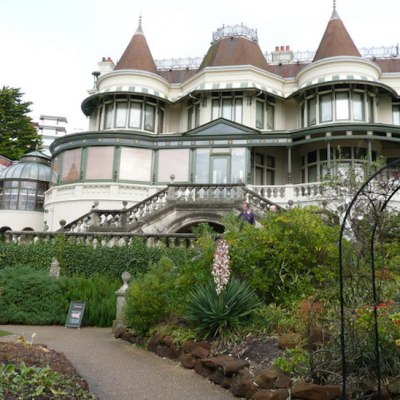This morning, the Department for Culture, Media and Sport (DCMS) published the first Culture white paper since Jennie Lee published ‘A Policy for the Arts’ in 1965. Lee was Britain’s first minister for the arts, having been appointed by Harold Wilson the previous year. Now we have ‘The Culture White Paper’, which arrives almost 25 years after the Department for National Heritage was founded in 1992 (it became DCMS in 1997). That’s a lot of waiting for an updated mission statement on the government’s vision for the arts and culture.
And the result? Rhetorically, at least, a broad and credible commitment from the government to the UK culture sector, affirming its belief in our right to access and enjoy culture and heritage, and restating the benefits that they bring to education, employment, local identity, economic growth and diplomatic relations. There is a lot of emphasis on increasing access for young people from disadvantaged backgrounds to publicly funded arts organisations (through a new ‘cultural citizens’ scheme that will be run by Arts Council England); on increasing diversity in arts leadership; and on encouraging local and national partnerships that will safeguard and bolster institutions outside London. All of these are good things.
That there is a white paper at all indicates how far this government recognises the state’s role in protecting and promoting culture – although the document is liberally sprinkled with assertions that the sector needs to improve its commercial intelligence and outlook. Only this time last year, various commentators were prophesying that the DCMS would be scrapped in the event of a Tory election victory.
Practically, however, the white paper serves up various reheated policies in the guise of a carefully planned menu for the arts. In the cultural protection section, we have confirmation that, subject to legislation, the government will ratify the 1954 Hague Convention for the Protection of Cultural Property in the Event of Armed Conflict and its two Protocols (announced last June) and the reannouncement of a £30 million Cultural Protection Fund (unveiled in January). ‘Heritage Action Zones’ are to be launched in England (they were announced by Historic England last year); the ‘Civic Museums Leadership Network’ was initiated with a £30,000 ACE grant to Birmingham Museums Trust in January and held its first formal meeting last month.
That the white paper involves some back-dated rationalisation of existing policies is hardly a surprise: white papers are marketing documents that justify the current direction of travel as much as they promote its destination. But it’s a shame not to see more concrete statements about some of the more pressing recent concerns for culture in this country: about the declining number of affordable studio spaces for artists, we get the idealistic admission that ‘more schemes [that allow artists to develop and create new work] are needed across the country’.
There’s not much in the way of a commitment to defend those local-authority museums now threatened with closure – although something called the ‘Great Place’ scheme ‘will back local communities who want to put culture at the heart of their local vision, supporting jobs, economic growth, education, health and wellbeing’. This, and the Heritage Action Zones, sound like programmes that will encourage local businesses or private individuals to take on the running of arts venues and heritage sites (the latter ‘will advise communities on how they can make best use of their historic buildings, including taking ownership of them’).
In fact, for museums the big news is the announcement of a review of the entire museum sector, which should be completed by next year and will address the following matters: national infrastructure and the role of government and arm’s-length bodies in relation to it; the national museum portfolio and the obligations and expectations placed on those institutions in return for the core funding they receive; and the ‘challenges and opportunities’ facing local and regional museums. There will also be reviews of Arts Council England and the Heritage Lottery Fund. So on all of this, more waiting now and more news next year.
One small but diverting blooper. The foreword to the white paper quotes Biron in Love’s Labour’s Lost, with the emphasis on the value of culture to all that seems beyond it: ‘They are the books, the arts, the academes / That show, contain and nourish all the world’. Only, Biron isn’t talking about art and learning at all. For having sworn to dedicate themselves to such pursuits at the start of the play, by this point he and his chums have given up on them to chase girls instead:
From women’s eyes this doctrine I derive:
They sparkle still the right Promethean fire;
They are the books, the arts, the academes,
That show, contain and nourish all the world:
Else none at all in ought proves excellent.
Let’s hope that this government’s dedication to the arts proves rather less fickle.



